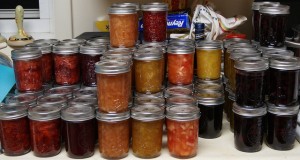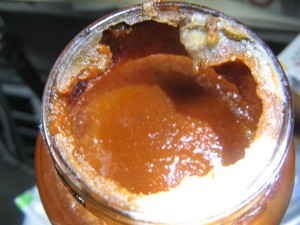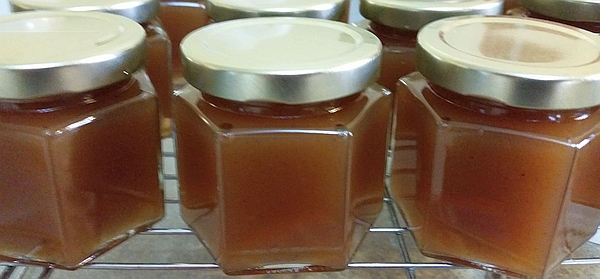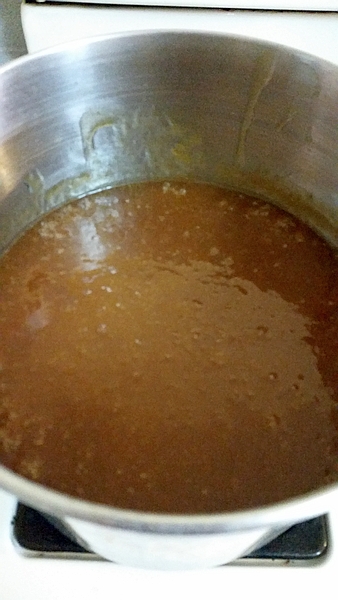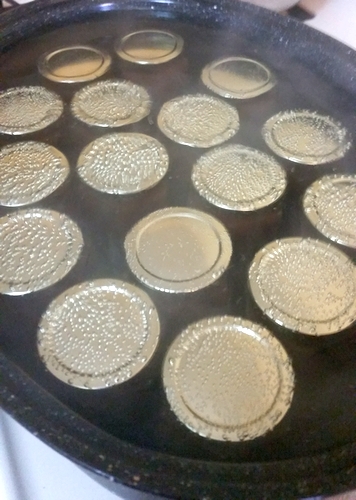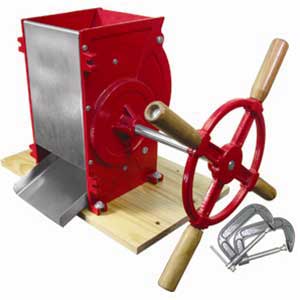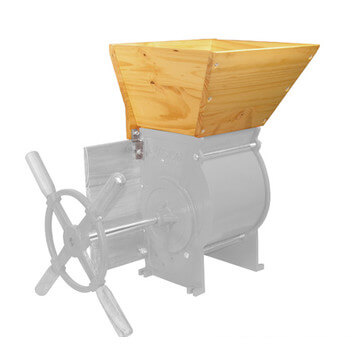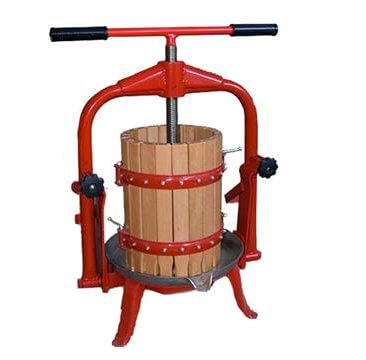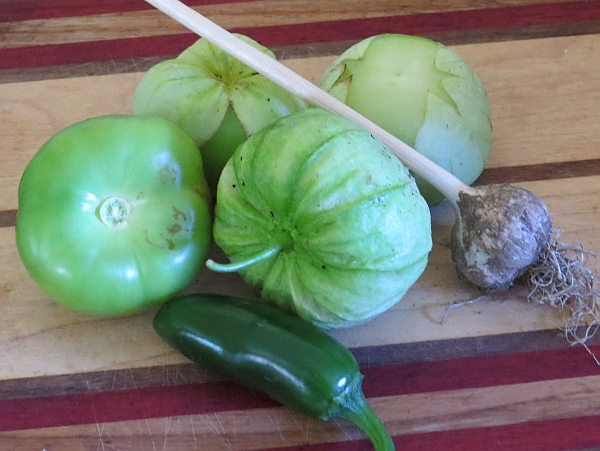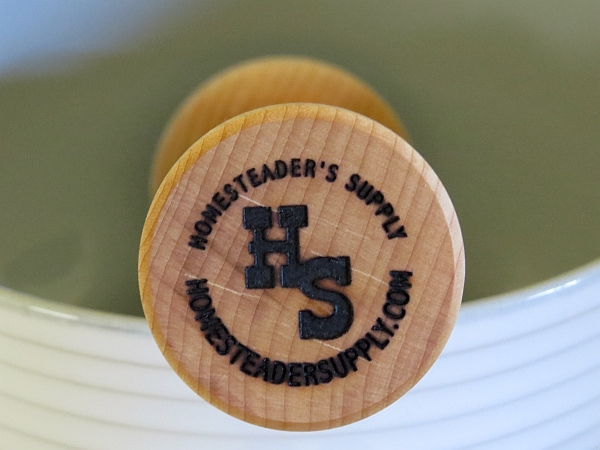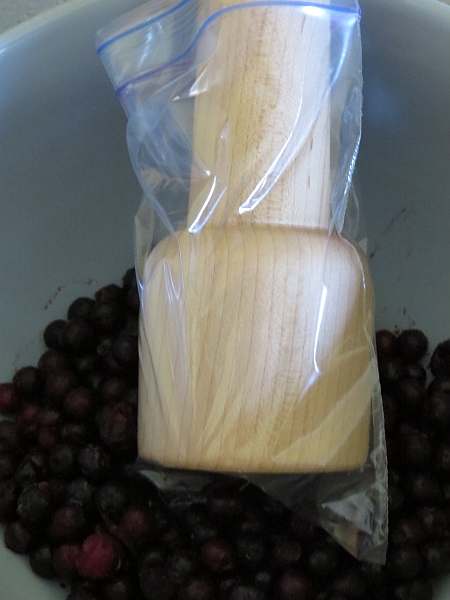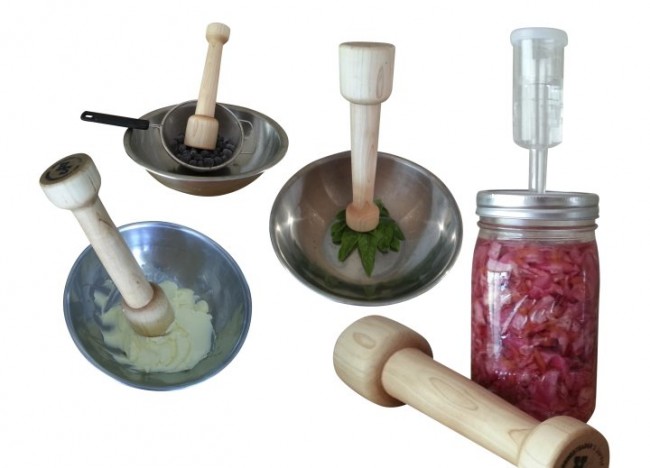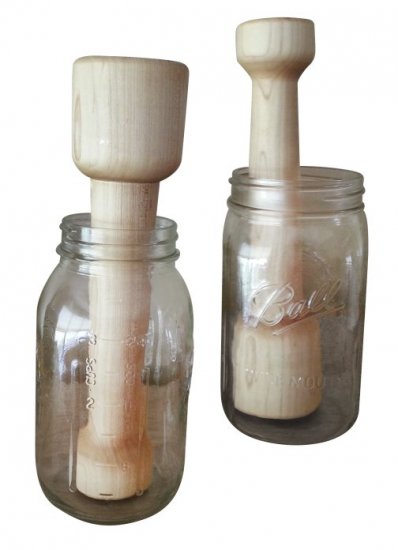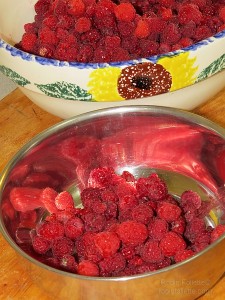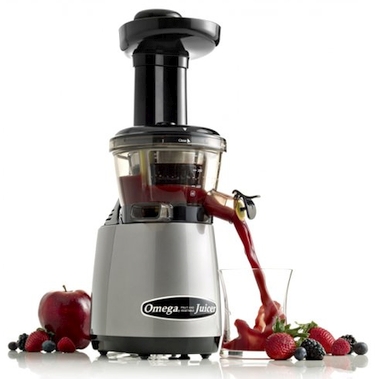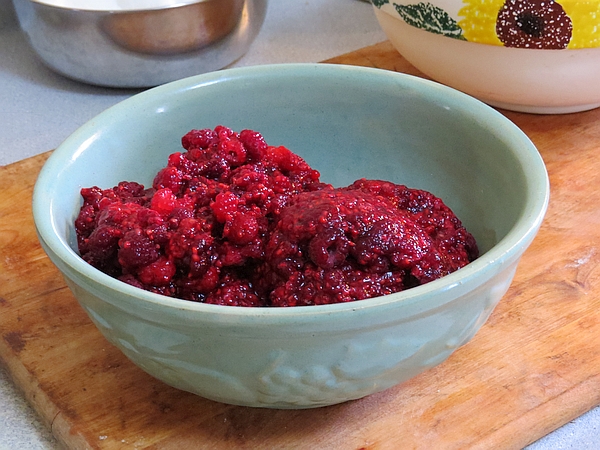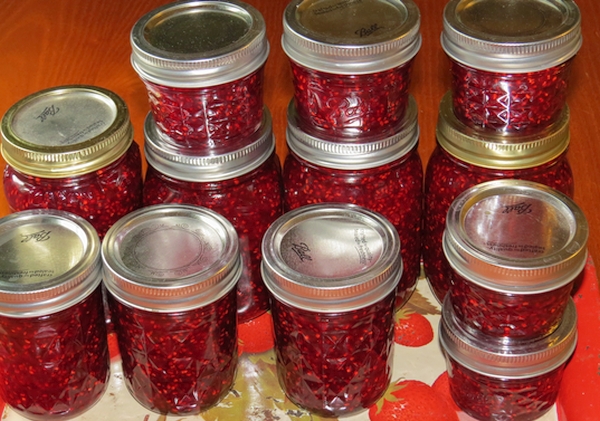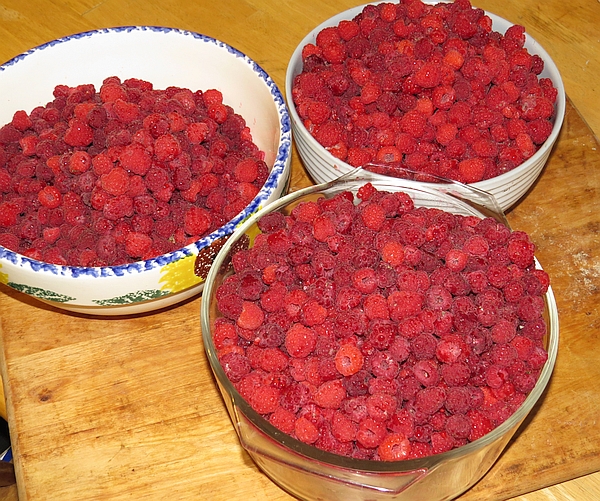When I was a little girl, canning day in my grandmother’s kitchen was practically a sacred event. Every year, as summer drew to a close, Grandma got her canning supplies out of storage and went to work putting up her mouthwatering relishes, piccalilli, pears in cinnamon syrup and, if we were lucky, the wild mushrooms we’d foraged in the woods the previous day. I remember my grandmother being almost obsessive about sterilizing her jars and lids. She inspected each jar of food with an eagle’s eye to make sure the vacuum seal was good and tight “so nobody gets sick.”
From time to time, one of my grandmother’s friends from the Old Country would drop by with a jar of home preserved mushrooms. Among the old women in her circle, giving away some of the wild mushrooms you’d picked and canned yourself was akin to giving away some of your gold. Grandma always made an appropriate show of receiving these precious gifts—and then rushed off to toss them in the trash as soon as the gift-giver left. I’d stare at her, wide-eyed and pleading, every time she deposited one of those coveted jars of wild mushrooms in the giant barrel behind the house. “So nobody gets sick,” she would say. Because Grandma never trusted anyone else’s canning skills, I developed a healthy respect for the science of preserving foods at a very young age.
Today Grandma’s canning methods are no considered longer state-of-the-art. What’s changed since then? Well, genetic engineering, for one thing. Modern tomatoes are less acidic and more disease resistant, for example. In addition, food science research has brought about the development of newer, safer preservation techniques. It turns out that Grandma’s boiling water bath wasn’t the safest way to preserve those wild mushrooms after all. If she were putting up mushrooms today, she’d be using a pressure canner. Thank goodness Grandma was so careful. Had she been less diligent, we all might have gotten sick—or worse.
Where Things Can Go Wrong
Perhaps you had a Grandma who passed her canning recipes down to you, too. If so, be sure to consult a trustworthy resource for current canning guidelines so you can adjust the outdated instructions for your heirloom recipes. The USDA’s Complete Guide to Home Canning is often recommended.
Fresh fruits and vegetables contain enzymes that go to work breaking down the food as soon as it’s harvested. Spoilage can also occur as a result of oxidation. We’ve all seen a cut apple turn brown when it’s exposed to air. During the canning process, heat stops the action of enzymes and causes oxygen to be expelled from the jars, which prevents the preserved food from spoiling. Heat also kills microorganisms such as yeasts, molds, and bacteria. But this is where it gets tricky.
One type of bacteria—the (sometimes) deadly botulism toxin—thrives in low acid, low oxygen conditions and can survive being boiled at 212 degrees Fahrenheit. Meats and vegetables, including Grandma’s wild mushrooms, are low in acid, which makes them particularly susceptible to botulism. To preserve these foods safely, you need a pressure canner which, unlike a boiling water bath, can reach temperatures high enough to kill botulism (over 240 degrees).
How to Tell If the Food Has Gone Bad
Even when you’re as diligent as my grandmother was about following proper canning techniques, home preserved foods occasionally spoil on the shelf. Always inspect each jar carefully before consuming the contents. Examine the exterior and look for a broken seal, chipped glass, a bulging lid, or leaking. When you open the jar, check for signs of spoilage such as an “off” odor or color, or a layer of green or fuzzy mold growing on the surface of the food. If you suspect the food is spoiled, THROW IT OUT! Do not taste it or attempt to salvage the contents by scraping off the mold or cooking the food a second time.
Jars of food that show no signs of spoilage can still be contaminated with botulism, which is why my grandmother threw away the home preserved mushrooms she received as gifts. Botulism is odorless, colorless, and tasteless. So take Grandma’s advice and dispose of any low-acid foods that were canned improperly, even if they show no signs of spoilage. DO NOT eat preserved low-acid foods under any of the following circumstances:
- The food wasn’t processed in a pressure canner.
- The temperature gauge on the canner was inaccurate.
- Well-researched and up-to-date processing times and pressures were not used.
- Ingredient proportions were changed from the original recipe.
- The processing time and pressure were not appropriate for the altitude at which the food was processed.
Worst Case: Botulism
If you suspect a jar of low-acid food is spoiled, always assume it’s contaminated with botulism. Be sure to following special handling procedures for disposal. If the jar is still sealed, place it in a heavy-duty plastic garbage bag and tie it closed. Take the bag outside and place it in the trash bin, or bury it in the ground under at least two feet of soil. If the seal is broken, or if the jar is open or leaking, the jar and its contents must be detoxified before you disposal. After detoxification, you’ll need to clean up any surfaces that came into contact with the contaminated item, including countertops, can openers, or clothing.
How to Detoxify Contaminated Jars
- Wear rubber gloves.
- Place the jars and lids on their sides in a large pot or canner.
- Wash your gloved hands.
- Add hot water to approximately one inch above the jars. Be careful not to splash, as this will spread contamination.
- Put a lid on the pot and heat to boiling.
- Boil for 30 minutes.
- Cool and then throw the containers, lids, and food in the trash or bury everything in the ground under two feet of soil.
How to Clean Contaminated Surfaces
- Wear rubber gloves.
- Mix up a fresh solution of 1 part Clorox (5 to 6% sodium hypochlorite) to 5 parts water.
- Spray surfaces with the bleach solution. Let stand 30 minutes.
- Wipe down the treated areas with paper towels, then place the paper towels in a plastic bag before throwing them in the trash.
- Treat all affected surfaces with the bleach solution a second time. Let stand 30 minutes, then rinse.
- Wash all detoxified surfaces and clothing.
- When finished, throw the rubber gloves in the trash.
Home preserved vegetables are the most common cause of botulism outbreaks in the United States. But there’s no need to worry, as long as you preserve the foods using correct, up-to-date methods and take care to inspect the containers for signs of spoilage before consuming the contents.
Why not make canning day a special event at your home, too? Involve the whole family! Children love “helping” in the kitchen. For them, canning is fun, educational, and a wonderful way to make memories they’ll cherish forever. By preserving your own foods, you can enjoy the bounty of your farm and garden all year long. Canning also saves you money and minimizes waste. You can preserve any extra food you can’t use right away when a bumper crop comes in, or when you slaughter livestock. And when your local supermarket has a big sale, you can stock up without worrying that it might not all fit in your freezer. If you’re a prepper or live off the grid, you’ll appreciate the convenience of long-term food storage without need for electricity. Sure, canning is work and requires time, a few pieces of special equipment, and a little research up front. But when your family is sitting at the dinner table in the middle of January enjoying a scrumptious sauce made from last summer’s sweet tomatoes, you’ll be so glad you made the effort.
Authored by Anna Paige

